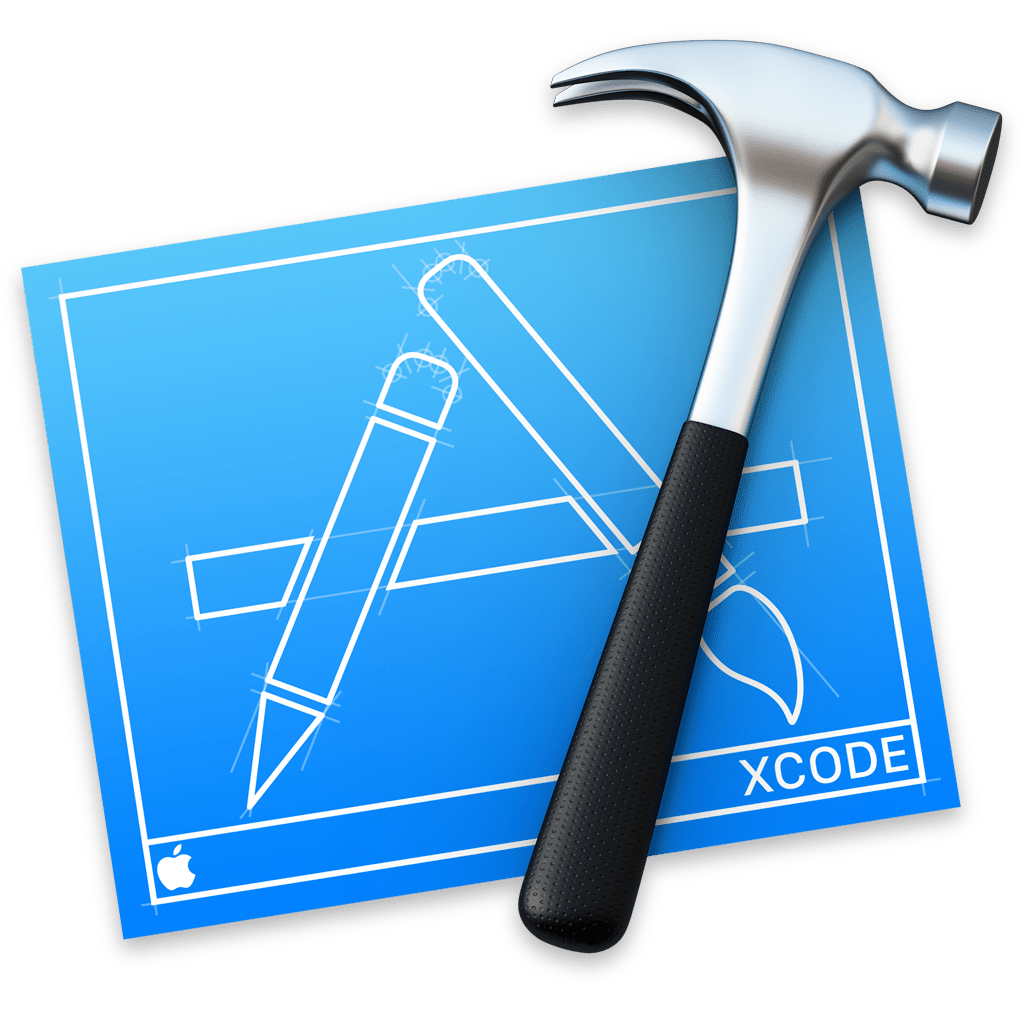This guide will show you the steps to install Sierra on a AMD Ryzen PC using a VMWare Virtual Machine. I’m making this guide for those who don’t have access to a Mac and need macOS to either try out for a bit or create a macOS boot loader installer for a AMD hackintosh build. There is another VMWare Sierra guide on this site, but with AMD system a modified VMWare image is required to even. Xsan is a powerful and scalable solution for storage and consolidation in macOS. Use the resources below to learn about setup options, network management, configuration, and more. Oct 02, 2020 Select macOS 10.13 High Sierra (64-bit) or MacOS 64-Bit from the “Version” drop-down. If you don’t see any 64-bit options, you must enable VT-x or “virtualization” in your BIOS settings. See Change Computer BIOS Settings to learn how to access the BIOS. Important note about R 4.0.0 Starting with R 4.0.0 alpha we are building R using standard Apple tools (Xcode 12.4) and GNU Fortran 8.2 from fxcoudert and the target is macOS 10.13 (High Sierra). All dependent static libraries are available in the libs-4 directory. Please make sure you remove any modifications to build flags from your home since.
- High Sierra Xcode
- High Sierra Xcode Version
- High Sierra Xcode Command Line Tools
- High Sierra Xcode Version
- High Sierra Xcode 11.4
High Sierra Xcode
Accelerating graphics and much more.
Metal provides near-direct access to the graphics processing unit (GPU), enabling you to maximize the graphics and compute potential of your apps on iOS, macOS, and tvOS. Building on an approachable, low-overhead architecture with precompiled GPU shaders, fine-grained resource control, and multithreading support, Metal further evolves support for GPU-driven command creation, simplifies working with the array of Metal-capable GPUs, and lets you tap into Pro power of Mac Pro and Pro Display XDR.
High Sierra Xcode Version


GPU-driven Compute Encoding
Moving beyond just rendering passes, Metal in iOS 13 and tvOS 13 empowers the GPU to construct its own compute commands with Indirect Compute Encoding. Now complete scenes using advanced culling and tessellation techniques can be built and scheduled with little or no CPU interaction.
Improved Raytracing Acceleration
Metal Performance Shaders (MPS) speed raytracing operations even more by moving the bounded volume hierarchy construction to the GPU. MPS also provide new, optimized de-noising filters in an essential collection of highly-optimized compute and graphics shaders.
Metal for Pro Apps
Professional content-creation apps can take advantage of outstanding enhancements in Metal on macOS Catalina. Metal Peer Groups make it easy to rapidly share data between multiple GPUs in Mac Pro without transferring through main memory. And enhancements to CAMetalLayer give you access to the High Dynamic Range capabilities of Pro Display XDR.
Simpler GPU Families
Developing with Metal is even easier with the dramatically simplified GPU Families. Three well-considered groupings allow you to easily target functionality that's common across all Metal-enabled GPUs, access unique capabilities of Apple-designed GPUs, and better harness supported third-party GPUs on macOS.
High Sierra Xcode Command Line Tools
Metal Memory Debugger
High Sierra Xcode Version
The Metal Memory Debugger gives fine-grained insight into how much memory Metal objects and rendering resources consume at runtime. It also analyzes how your resources are configured and suggests improvements, so you can deeply optimize your game or app to take full advantage of Metal.
Metal-enabled iOS Simulator
High Sierra Xcode 11.4
The Simulator now uses Metal to speed up the development of iOS apps that either use Metal directly or rely on Metal-based system frameworks. This is perfect for smoothly transitioning from OpenGL ES to Metal.
What’s New in Metal
Tools for Windows
The Metal Developer Tools for Windows enables Metal Shading Language (MSL) compilation on Windows into Metal Library Objects targeting Apple platforms.Documentation
Browse the latest documentation including API reference and articles.
Sample Code
Get sample code to see how Metal APIs are implemented.
Videos
Learn how to take advantage of the latest advancements in Metal.
Forums
Ask questions and discuss Metal with Apple engineers and other developers.
